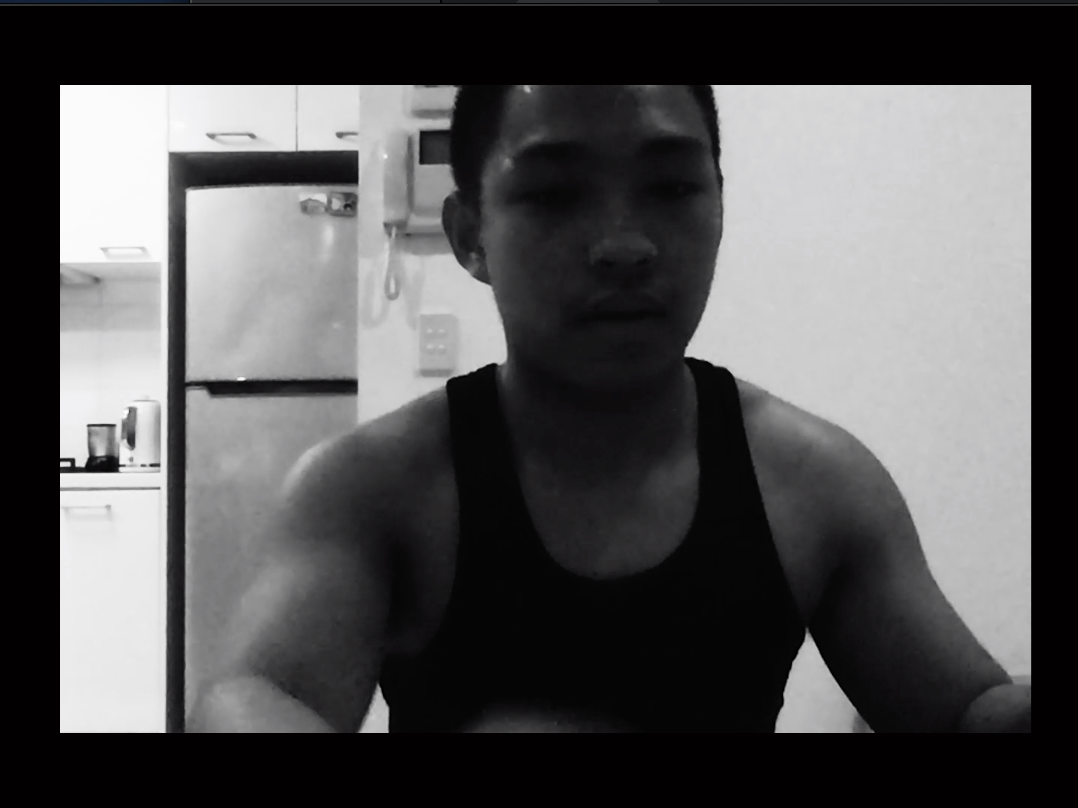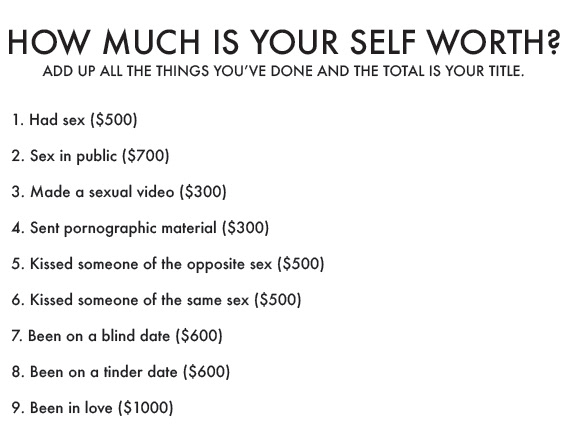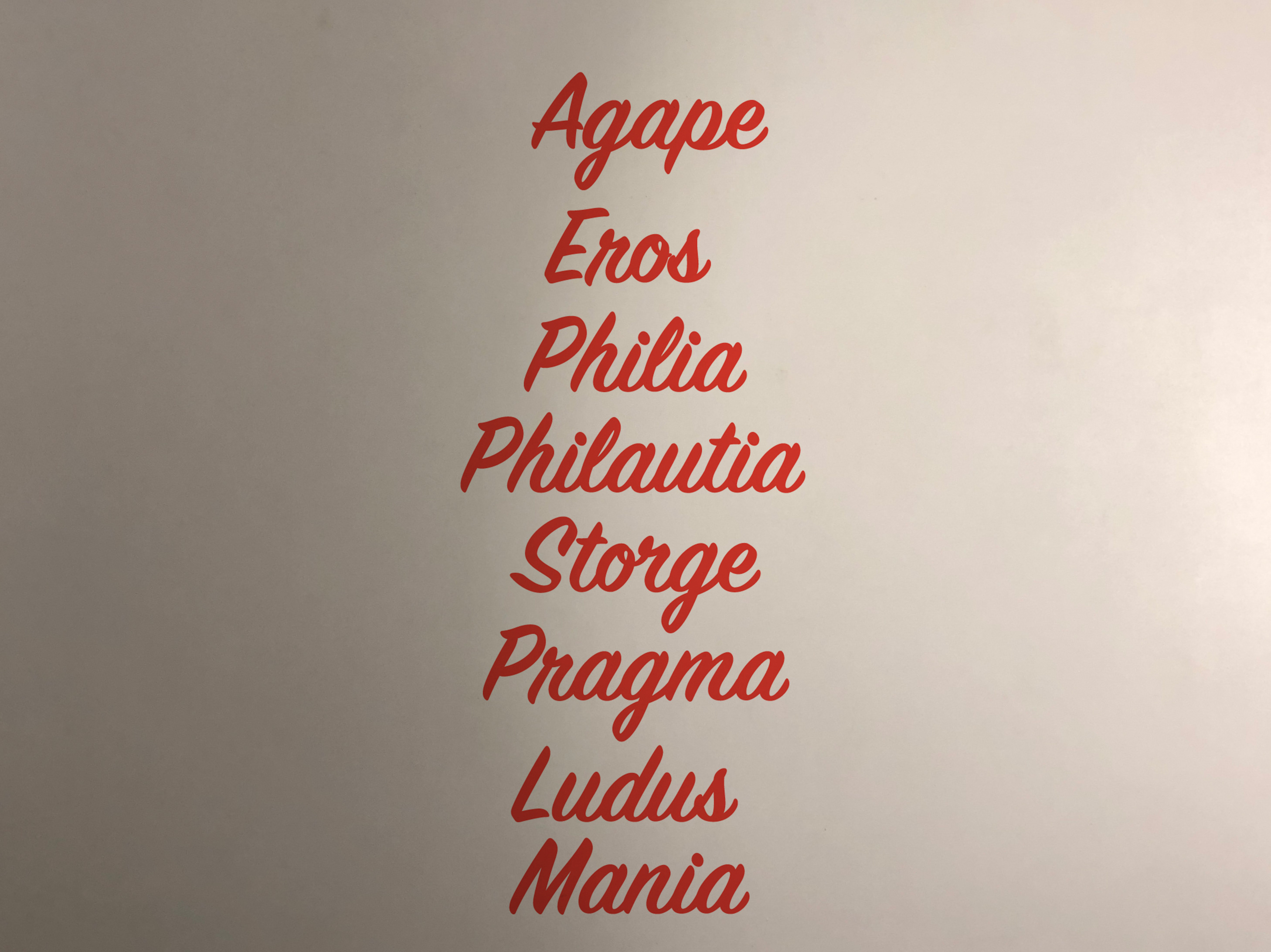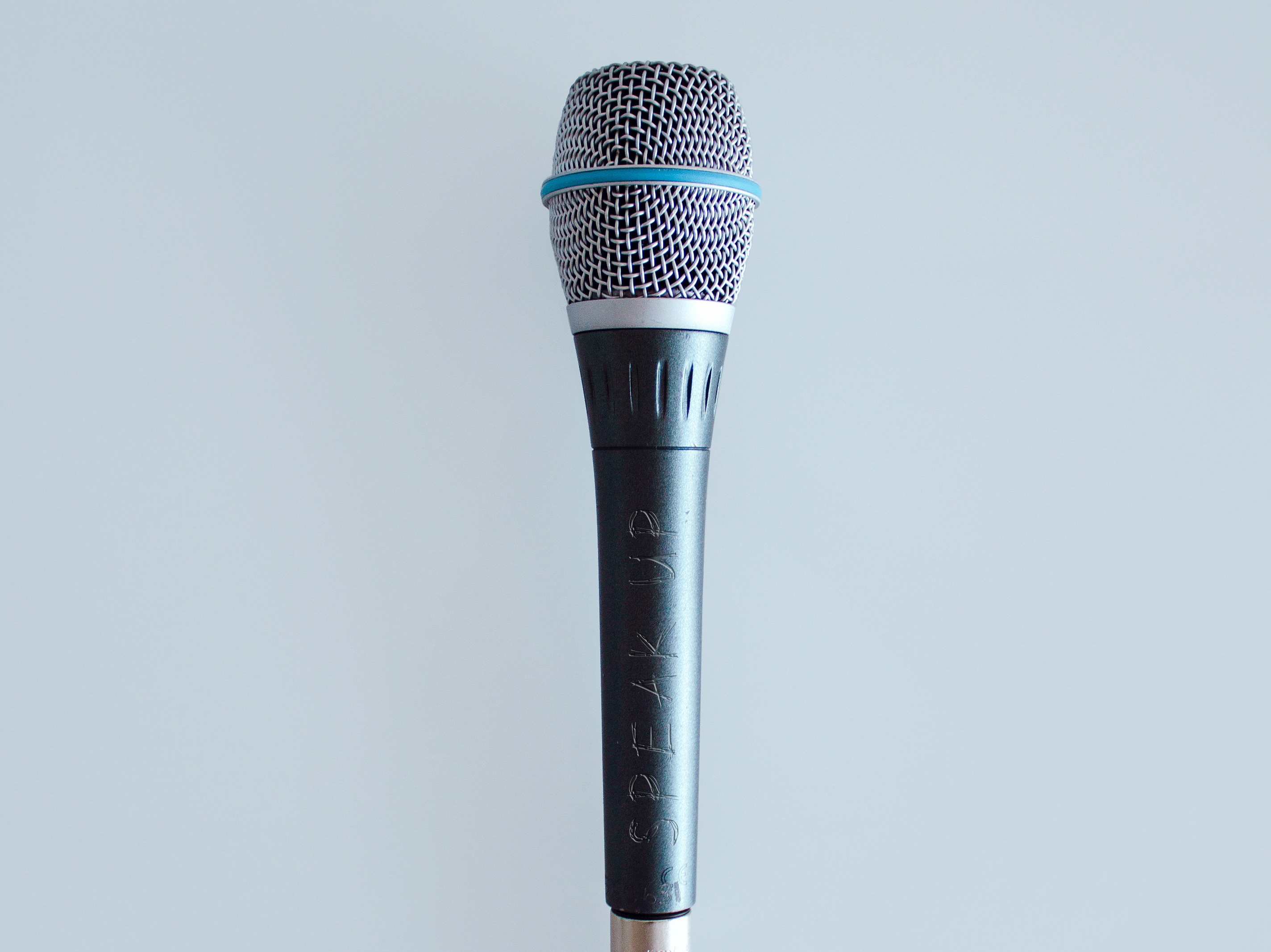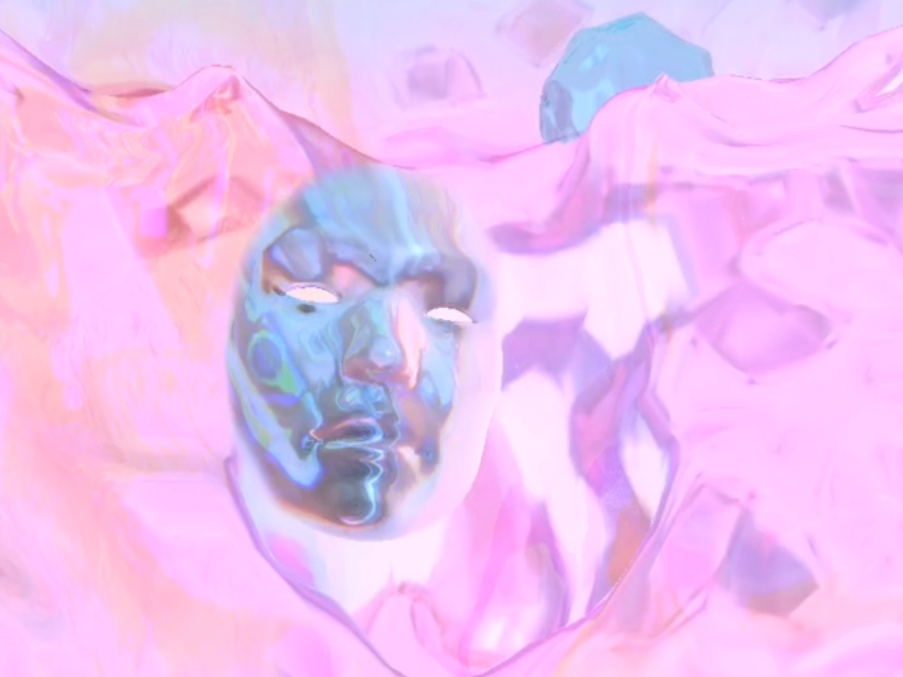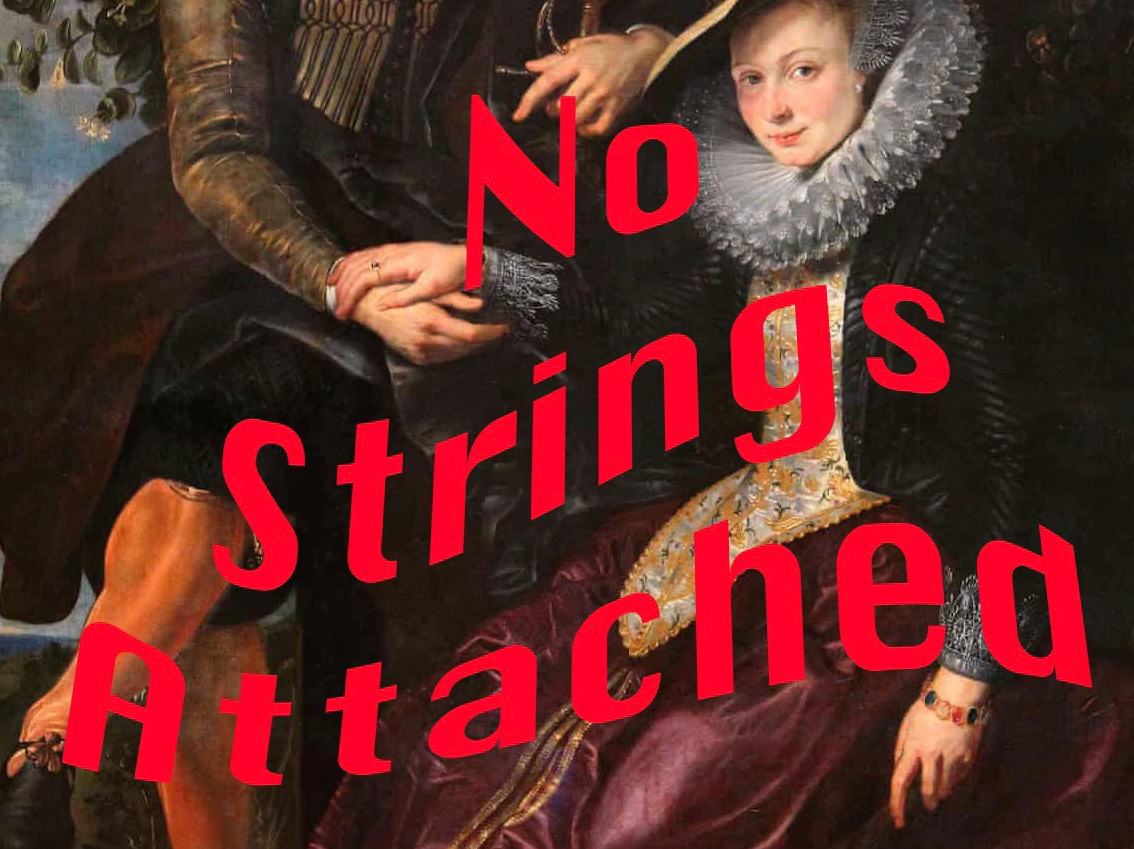This week, I get to do my oral presentation for my work Futura (2019).
Today, we live in a society that is rapidly changing and evolving in terms of technological advances. And with the rise of different social dating apps, our attitudes, values, and beliefs are receptive to these changes as well. Futura (2019) is a video based work which explores the human condition of love in a theological and more liberating approach of artificial intelligence.
Depicting a floating image of a head against an ambiguous background, Futura reads a personal love letter in an apathetic voice to the viewers. The continuous floating and bouncing off of the head in the scene without any of the speech matching the mouth is suggestive of the mechanical and automated nature of AI.
The colour scheme in this work uses pastel colours that range from blues to pinks which make the face look almost holographic. It also harnesses this/a dreamlike feeling on which this being might exist, which is open for the viewers’ interpretation.
Most of the works that I have done in the past aim to stimulate/evoke empathy while highlighting emotions that are related to love. However, Futura is a work that looks at stripping away empathy. It is an experiment in which words of affirmation are being expressed through a machine—which we all know lack feelings and emotions, and looking at how we, as viewers respond to that.
If AI deals with the simulation of complex intelligent behaviour in computers, and love is generally defined as a great affection for someone, then it imposes an important question on whether AI could feel love and if it can deliver heartfelt messages for us. By deliberately using a familiar/recognisable social media face filter, Futura also aims to recontextualise the tools that are already available for us today, creating new situations and possibilities for what could be the future of dating.
Overall, Futura highlights the evolutionary uncertainty within interpersonal relationships;/: Would virtual reality replace in-person/live dates in the future? OR what about artificial intelligence in augmented realities that could potentially deliver messages for us? Or even preserving consciousness through AI after someone has passed away? The list goes on...
One of the many inspirations of Futura is a video work by artist Marge Monko titled Dear D (2015).
Similar to Futura, Dear D also explores a contemporary way of expressing one’s love. The entirety of this work has been recorded through a computer screen, which depicts the process of writing this modern love letter. As the video progresses, the viewers see the interruption that occurs while writing this letter—browsing the internet, switching between tabs, as well as opening and closing of different files.
The soundtrack includes a female voice over reading/narrating the letter aloud as it emerges on the screen. Though the voice remains soft and controlled throughout the video, without expressing any strong emotions at all, this is still a significant difference between Monko and I’s work, as we hear the familiar sound of a human talking/speech rather than a computer generated voice over.
It is also notable that Futura depicts a face floating around, yet viewers are more inclined to feel disconnected from it. However, in Dear D, the only trace of human movement we see is the writer’s desktop and her movement across windows. It does not involve any displays of face, skin, or body (except for the images we see on the google searches) yet the intimacy and desire remain present through the means of language alone.
As discussed prior, Futura highlights the different possibilities that come with technological advancements. This is similar to Monko’s work in a way that it articulates the difficulties of making such emotional disclosures in a society that is saturated with depictions and analyses of romantic love in songs, films, and literature.
These theories that are present in Dear D are what I am currently inspired by. The fact that the articulation and communication of intimacy has grown inseparable from what elements of heartfelt messages to include through the constant crafting and calibrations of definitions and references which are all accessible through the internet. It creates this kind of friction or gap between the intensely personal and the collectively recycled material that needs to be worked on.
On my annotated bibliographies, I talked about artist Scott Eaton and how he uses creative AI to create and distort human figures as seen above. I am very interested in this technique however since I do not have the program/technology for this I thought that I'd try distortion using photoshop.
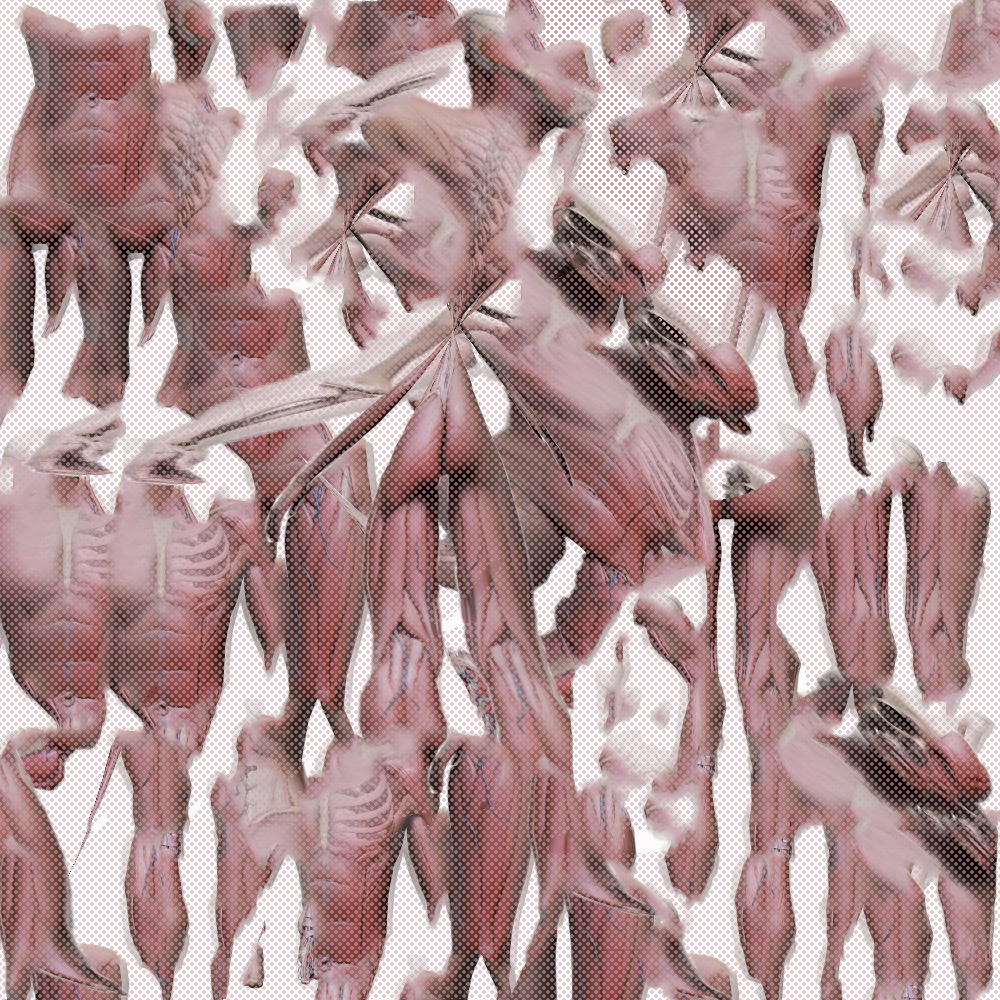
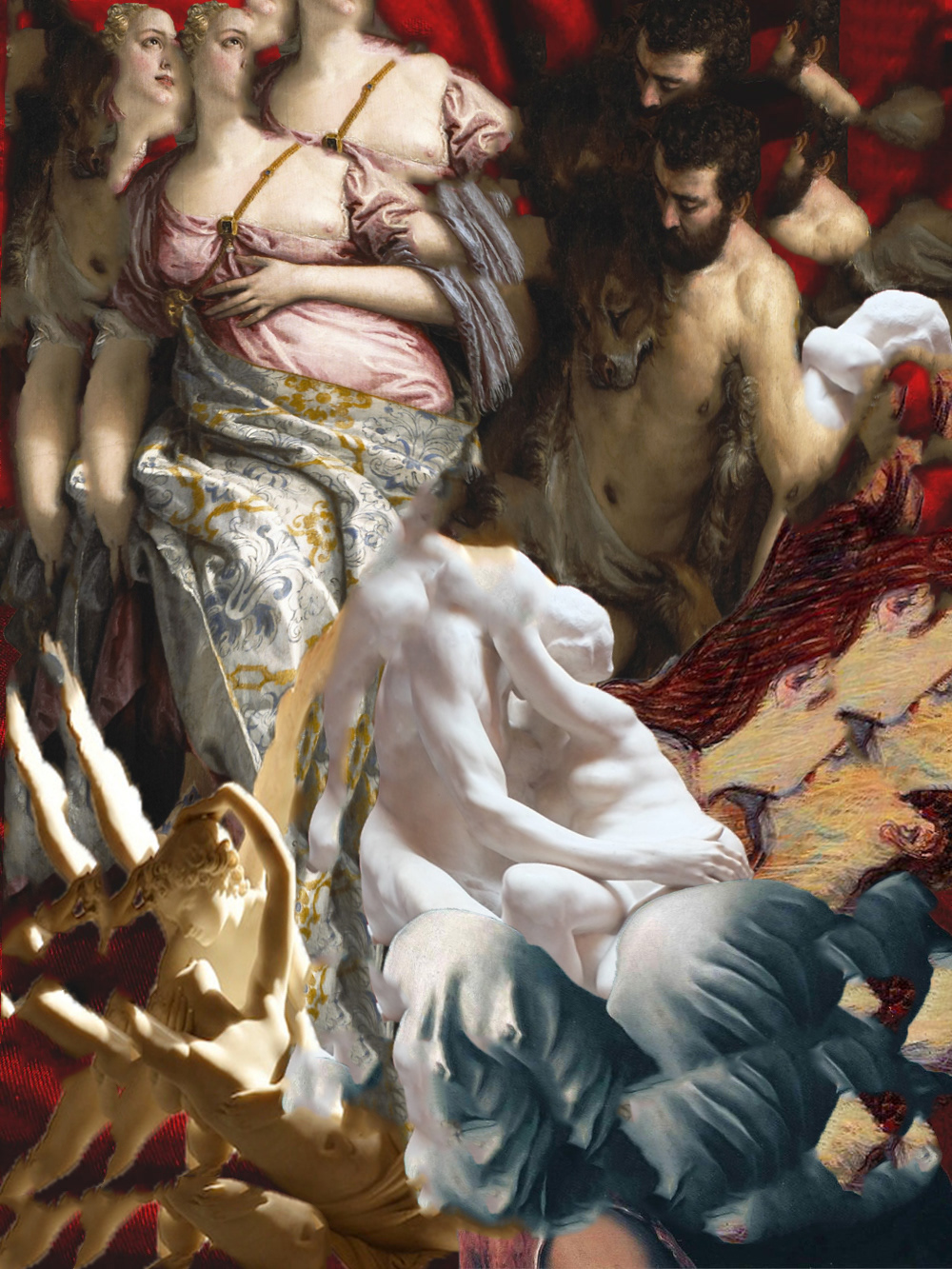
I've just tried experimenting with collages, trying methods of repetition and distortion. On the left, I used a 3D model of a body and tried distorting it in a few different ways. On the right, I've compiled famous artworks that relate to love and romance throughout history and put them all together. I quite enjoyed appropriating old paintings and recontextualising them so this could potentially be a new artwork idea I can develop.
